Lotus Evora
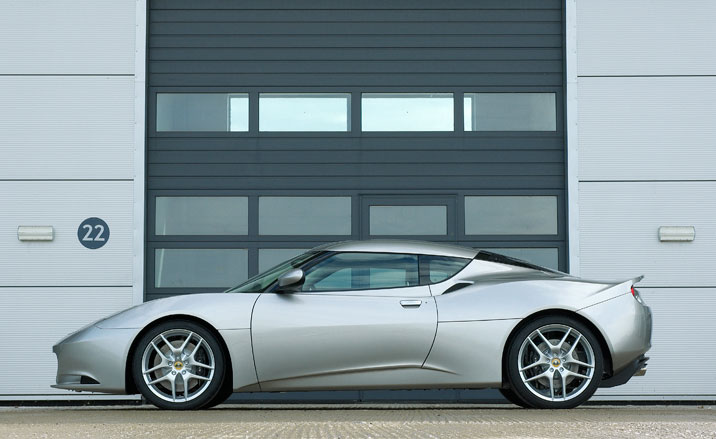
As the next decade looms into view, it's time for more soul-searching in the auto industry. Change is coming. 2010 could just be the year that the electric car finally emerges as a serious player and when the hybrid goes totally mainstream. But while the consumer is finally becoming enamoured with these new innovations, manufacturers are striving to imprint their own brand qualities on efficient technology - pure refinement, or driving dynamics? Should an electric car glide silently or present itself as a snarling, sparking sports machine?
One company with a vested interest in this split between calm and chaos is Lotus, which for decades has farmed out its engineering know-how to far larger companies. Along the way, the Norwich-based manufacturer has created some of the purest driving machines of modern times, and the all-new 2+2 Evora - the first entirely new Lotus for over a decade - is up there with the best.
Readers of motoring periodicals will be more than familiar with the Evora, which managed to sweep the board in the auto press's annual round-up of driver-focused sports cars. Right now, the Evora represents all that's great about conventional sports cars - mid-engined, rear-wheel drive, pared down, low, swift and, in its own way, rather beautiful.
The Evora was premiered at the 2008 London Motor Show and has been on sale since late last Summer. It is powered by Toyota's mind-blowingly reliable V6, tweaked so that it screams up to around 6800 rpm with a satisfyingly metallic roar. The cabin is a curious combination of hands-on brilliance and ergonomic no-go area, with the primary controls falling to hand intuitively, communicating every ripple and dip in the road and responding instantly to your command.
Unfortunately, everything else doesn't quite measure up, from the hunt and peck switchgear and heating controls to the old school sci-fi graphics. Rather than the machined perfection one might find in a Porsche Cayman, for example, the blurry Alpine-branded satnav-stroke-hi-fi has been designed to baffle and infuriate (although it keeps good company as it's similar to the intuition-deprived device fitted to Lamborghini's Murcielago).
Tucked away behind the form-fitting front seats is an impossibly snug rear bench, a piece of packaging magic that just can't be deduced from a quick glance at the Evora's handsome, well-proportioned form. Our attempts at discovering the further edges of the Evora's capabilities were rather blunted by the great British weather, although its innate lightness and manoevreability made the liberal spreads of black ice rather less daunting.
So will Lotus translate this slice of petrol-powered purity into a hybrid? The company is known to be working on such a system and the Evora was designed from the outset to take alternative power packs. As the company responsible for making the much-vaunted Tesla Roadster handle like an old school sports car, Lotus has garnered more than enough know-how in this fast emerging market sector. Right now the Evora is a piece of flawed brilliance; throw in a slice of cutting-edge propulsion technology and it'll be a world beater.
Receive our daily digest of inspiration, escapism and design stories from around the world direct to your inbox.
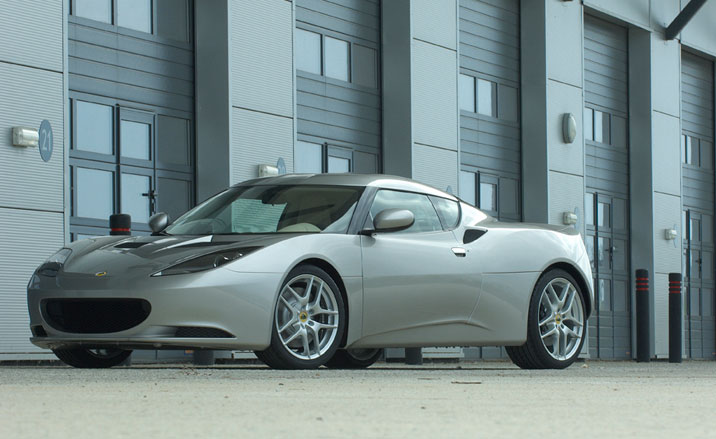
The Evora represents all that’s great about conventional sports cars - mid-engined, rear-wheel drive, pared down, low, swift and, in its own way, rather beautiful.
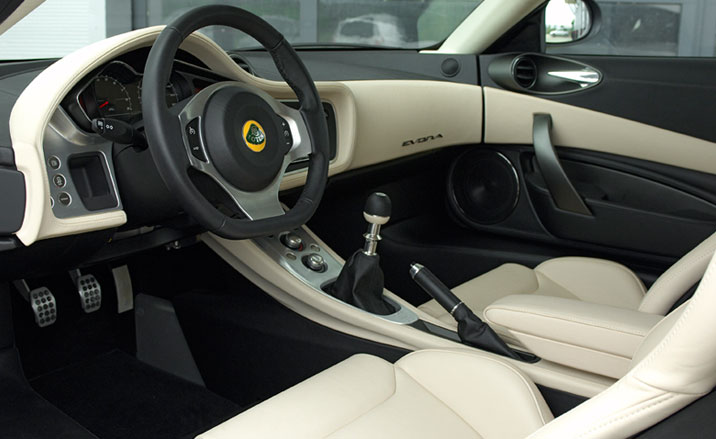
The cabin is a curious combination of hands-on brilliance and ergonomic no-go area, with the primary controls falling to hand intuitively.
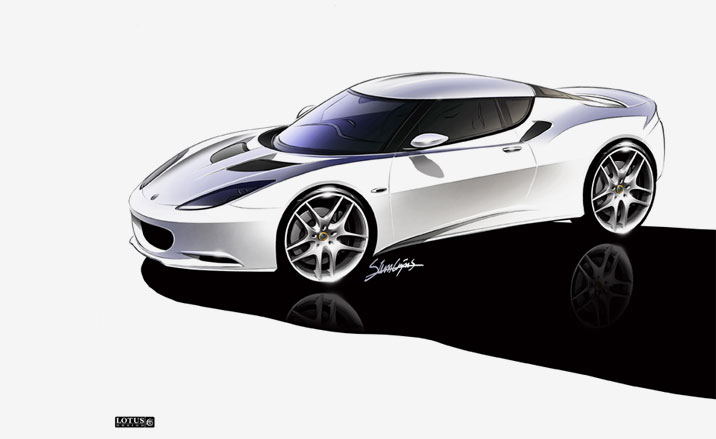
Designed from the outset to take alternative power packs, the minds at Lotus are thought to be developing a hybrid system.
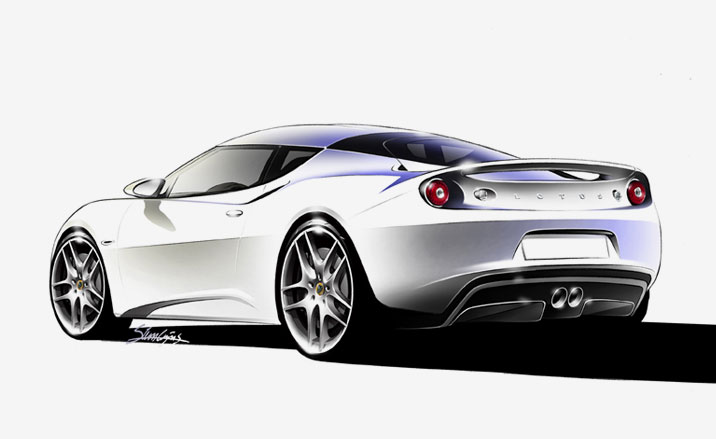
A rear-view rendering of the Evora.
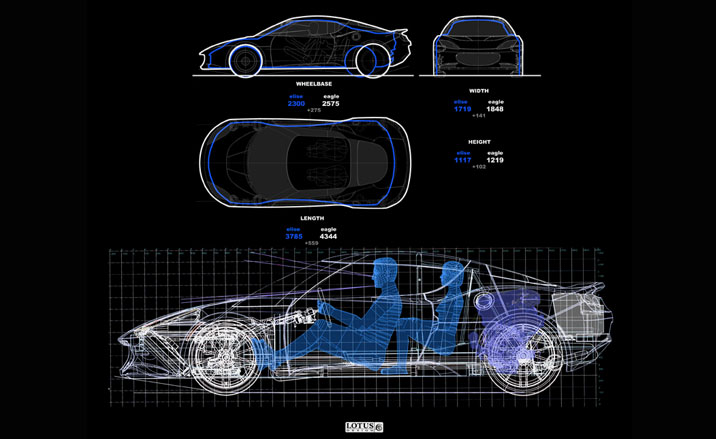
The Evora comes powered by Toyota’s mind-blowingly reliable V6, tweaked so that it screams up to around 6800 rpm with a satisfyingly metallic roar
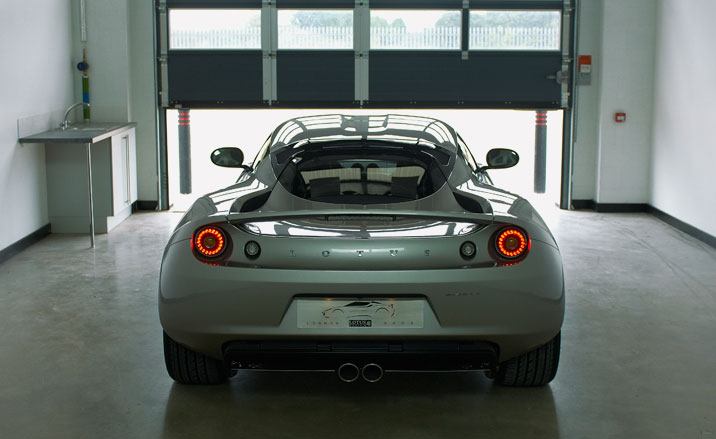
Premiered at the 2008 London Motor Show, the Evora has been on sale since late last summer.
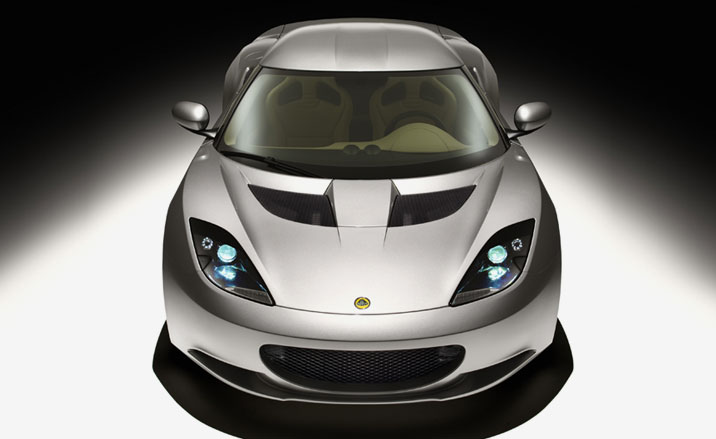
Light and manoeuverable, Lotus have made an elegant job of keeping the Evora’s considerable power contained.
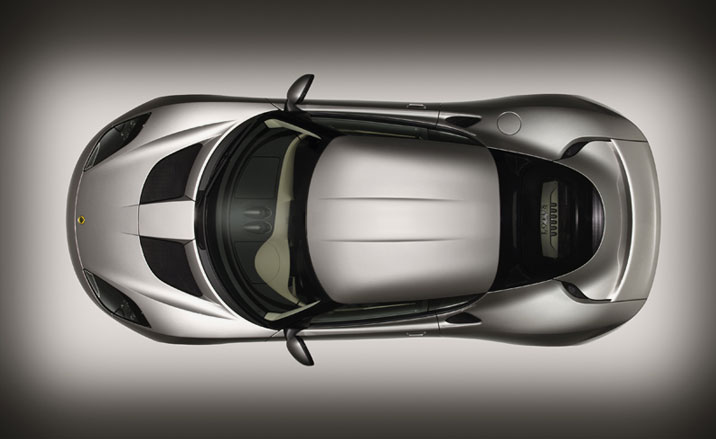
Tucked away behind the front seats is an impossibly snug rear bench, a piece of packaging magic that just can’t be deduced from a quick glance at the Evora’s well-proportioned form.
Jonathan Bell has written for Wallpaper* magazine since 1999, covering everything from architecture and transport design to books, tech and graphic design. He is now the magazine’s Transport and Technology Editor. Jonathan has written and edited 15 books, including Concept Car Design, 21st Century House, and The New Modern House. He is also the host of Wallpaper’s first podcast.
-
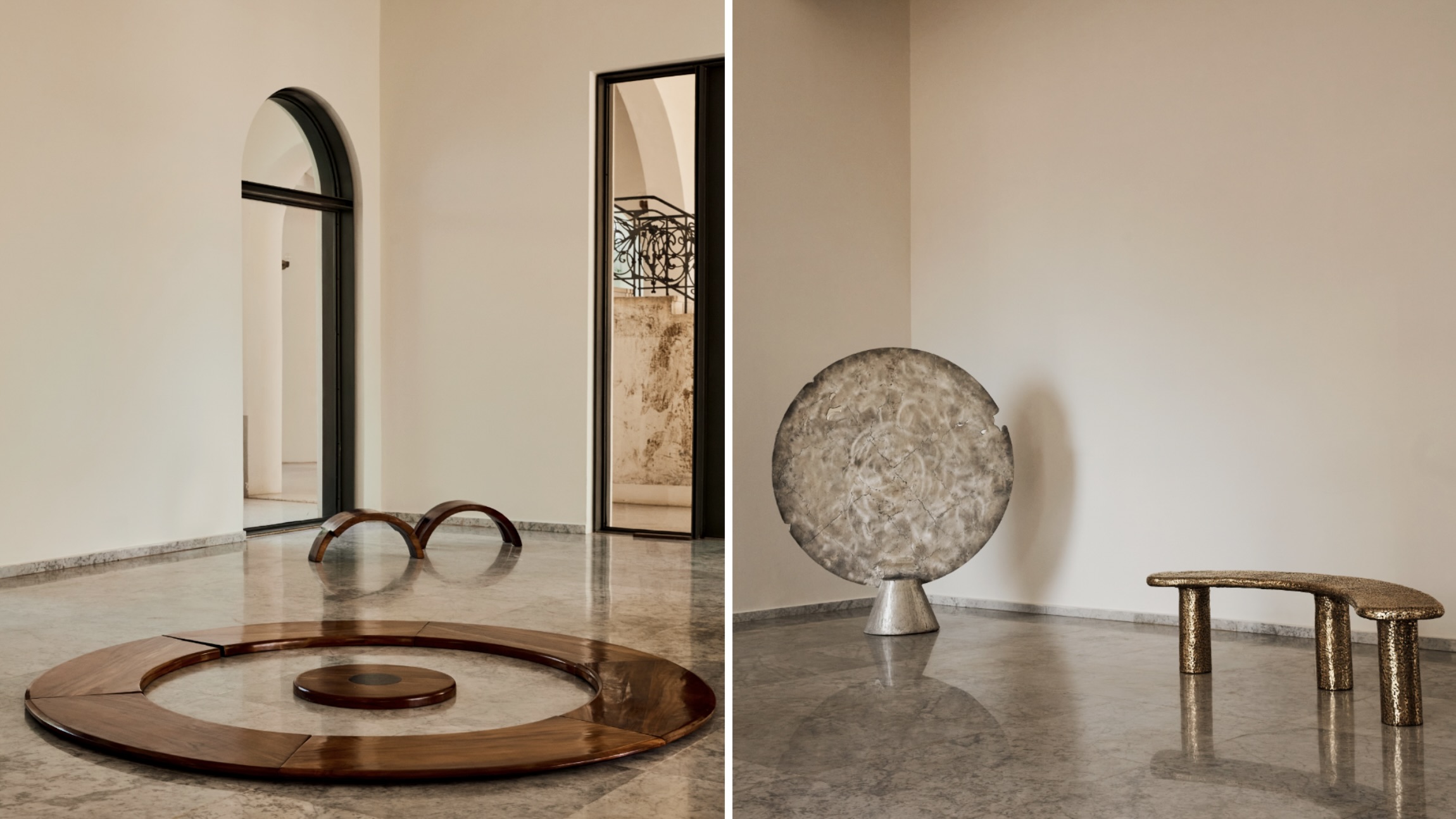 Togo's Palais de Lomé stages a sweeping new survey of West African design
Togo's Palais de Lomé stages a sweeping new survey of West African design'Design in West Africa' in Lomé, Togo (on view until 15 March 2026), brings together contemporary designers and artisans whose work bridges tradition and experimentation
-
 Vigilante’s 1979 Jeep Wagoneer features luxury trim, modern muscle and elevated styling
Vigilante’s 1979 Jeep Wagoneer features luxury trim, modern muscle and elevated stylingTexan restomod master Vigilante has created a new take on the classic Jeep Wagoneer, transforming the 1970s family SUV into a sleek, architectural powerhouse
-
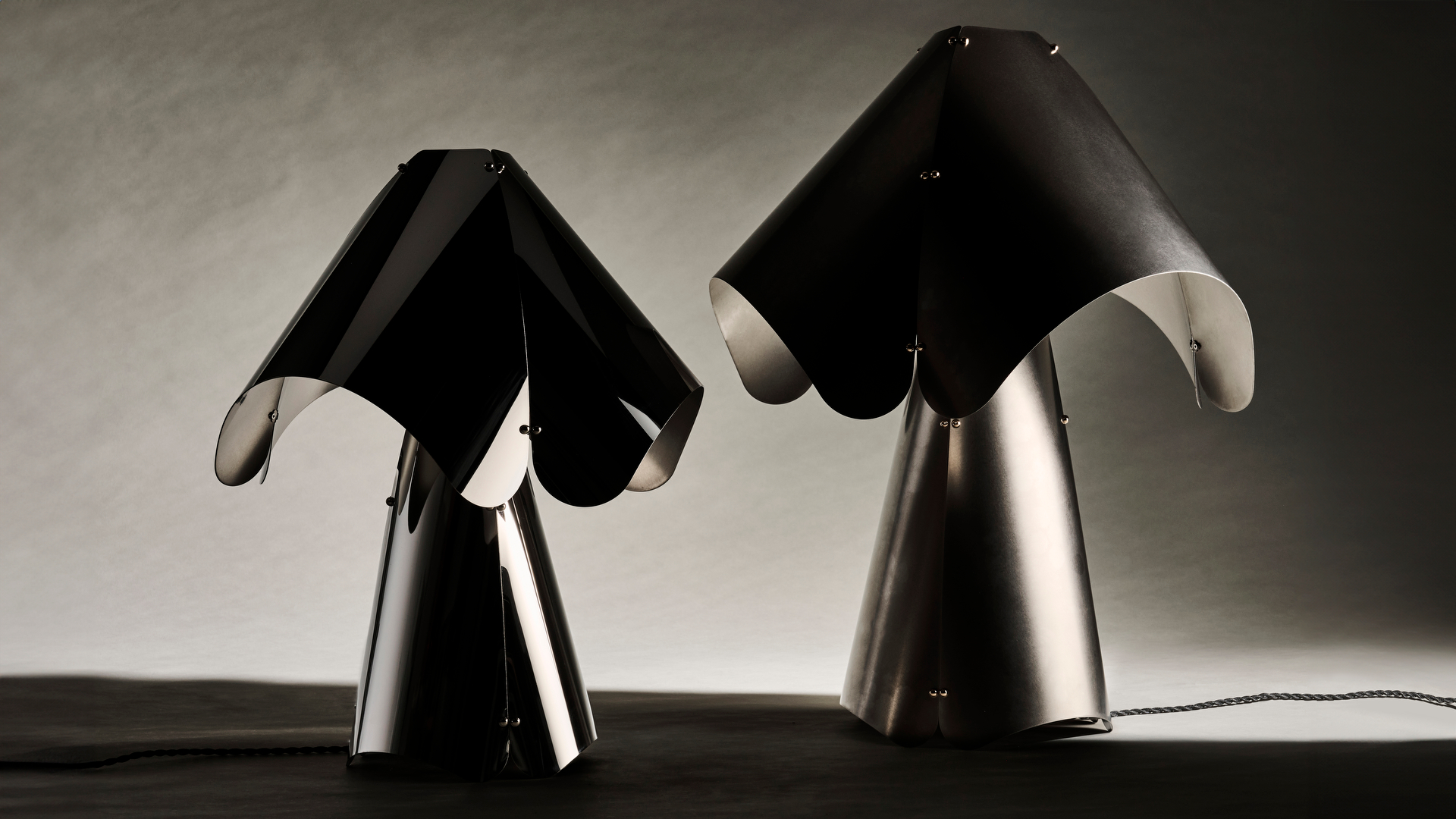 Australian studio Cordon Salon takes an anthropological approach to design
Australian studio Cordon Salon takes an anthropological approach to designWallpaper* Future Icons: hailing from Australia, Cordon Salon is a studio that doesn't fit in a tight definition, working across genres, techniques and materials while exploring the possible futures of craft
-
 Peugeot’s sparky 308 gets hybrid power and handsome lines
Peugeot’s sparky 308 gets hybrid power and handsome linesThe Peugeot 308 proves that mass-market design needn’t be dull, blending hybrid power with sharp lines and excellent detailing
-
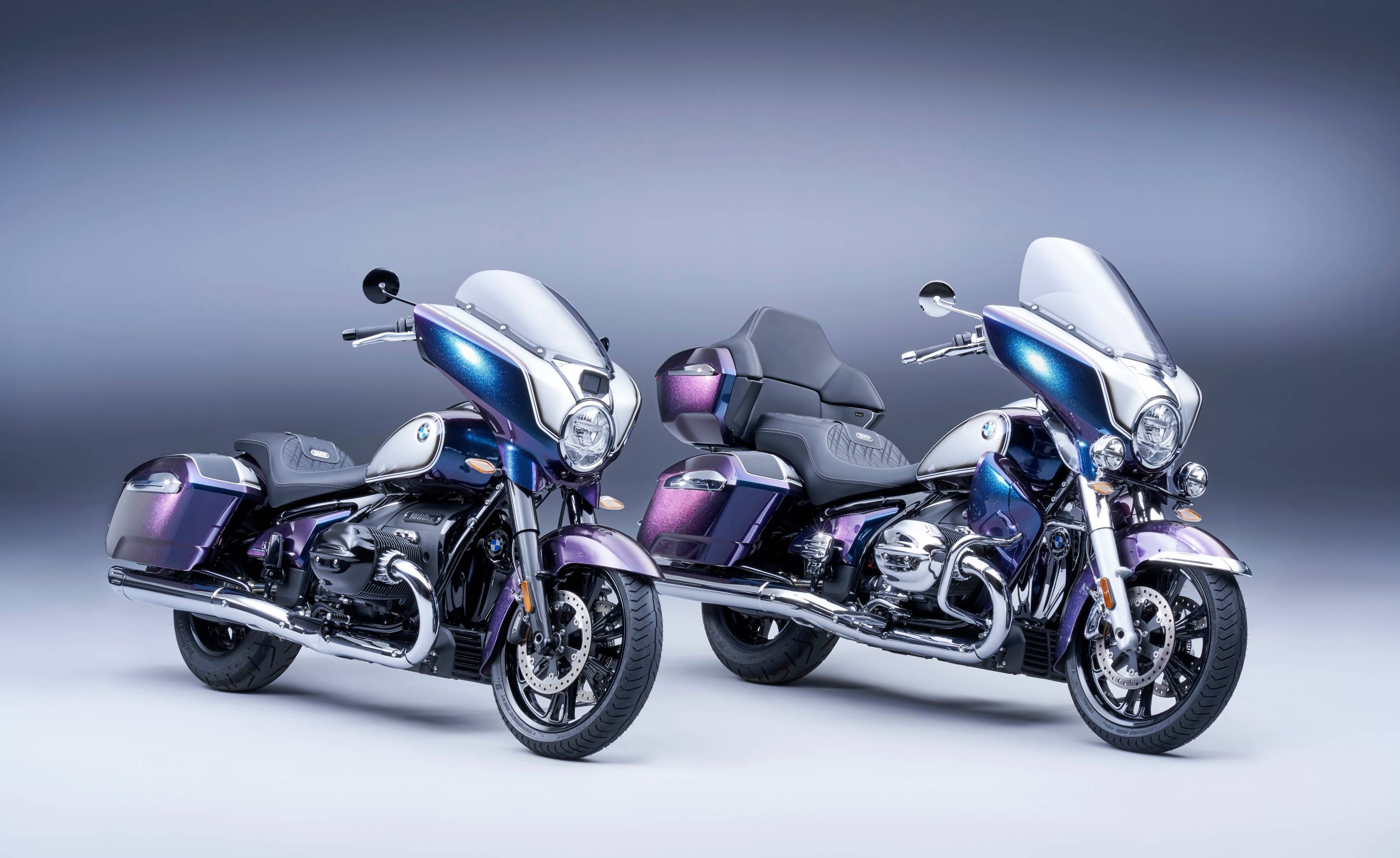 BMW Motorrad brings out the big guns for its newest cruisers
BMW Motorrad brings out the big guns for its newest cruisersBMW Motorrad R 18 Bagger and Transcontinental set the tone for high-voltage cruising with a brand collaboration with speaker specialist Marshall
-
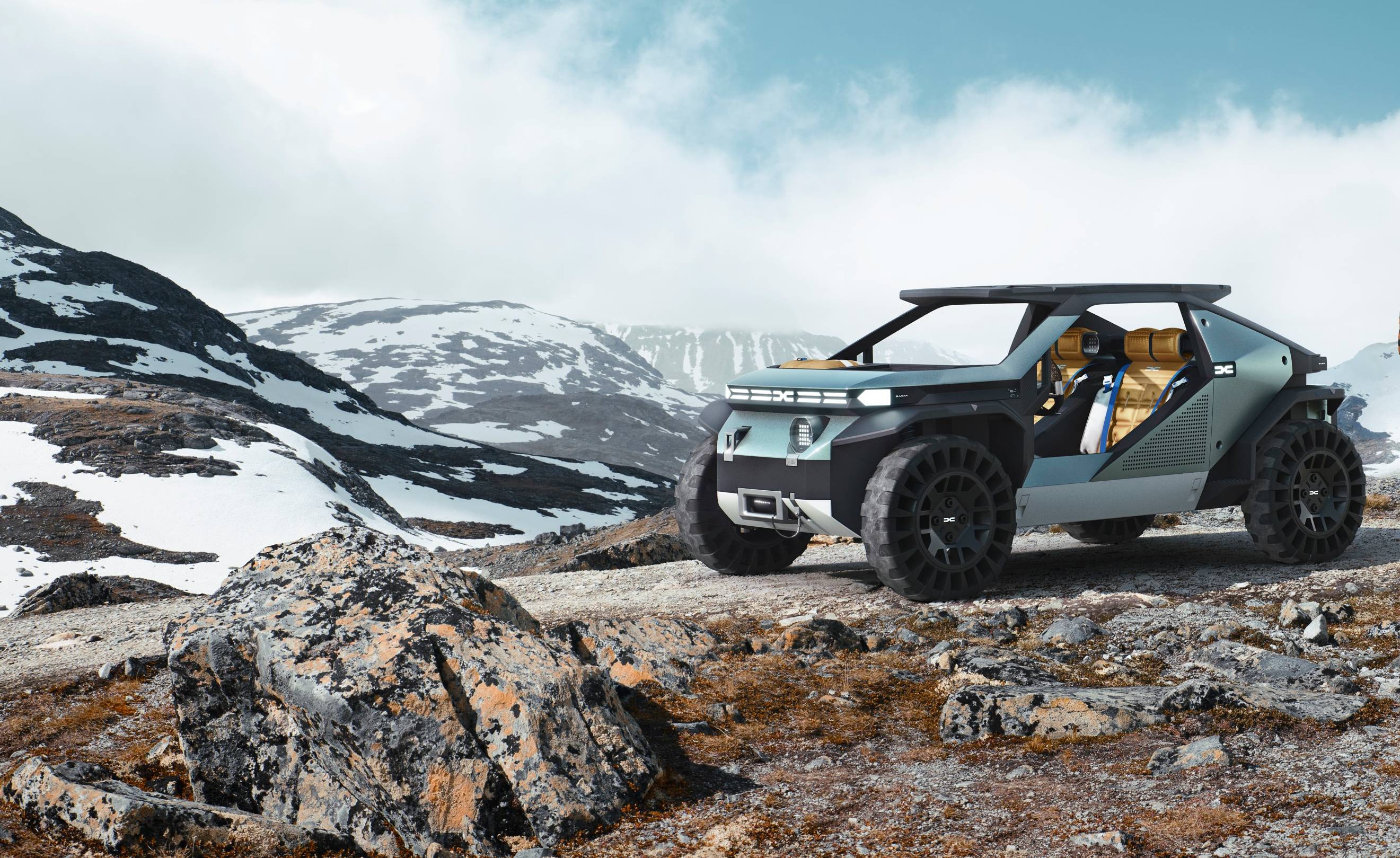 Dacia’s new Manifesto concept is a true outdoor utility vehicle
Dacia’s new Manifesto concept is a true outdoor utility vehicleUtilitarian auto brand Dacia sets a bold new agenda with its Manifesto, a concept car pitched at the active outdoor market
-
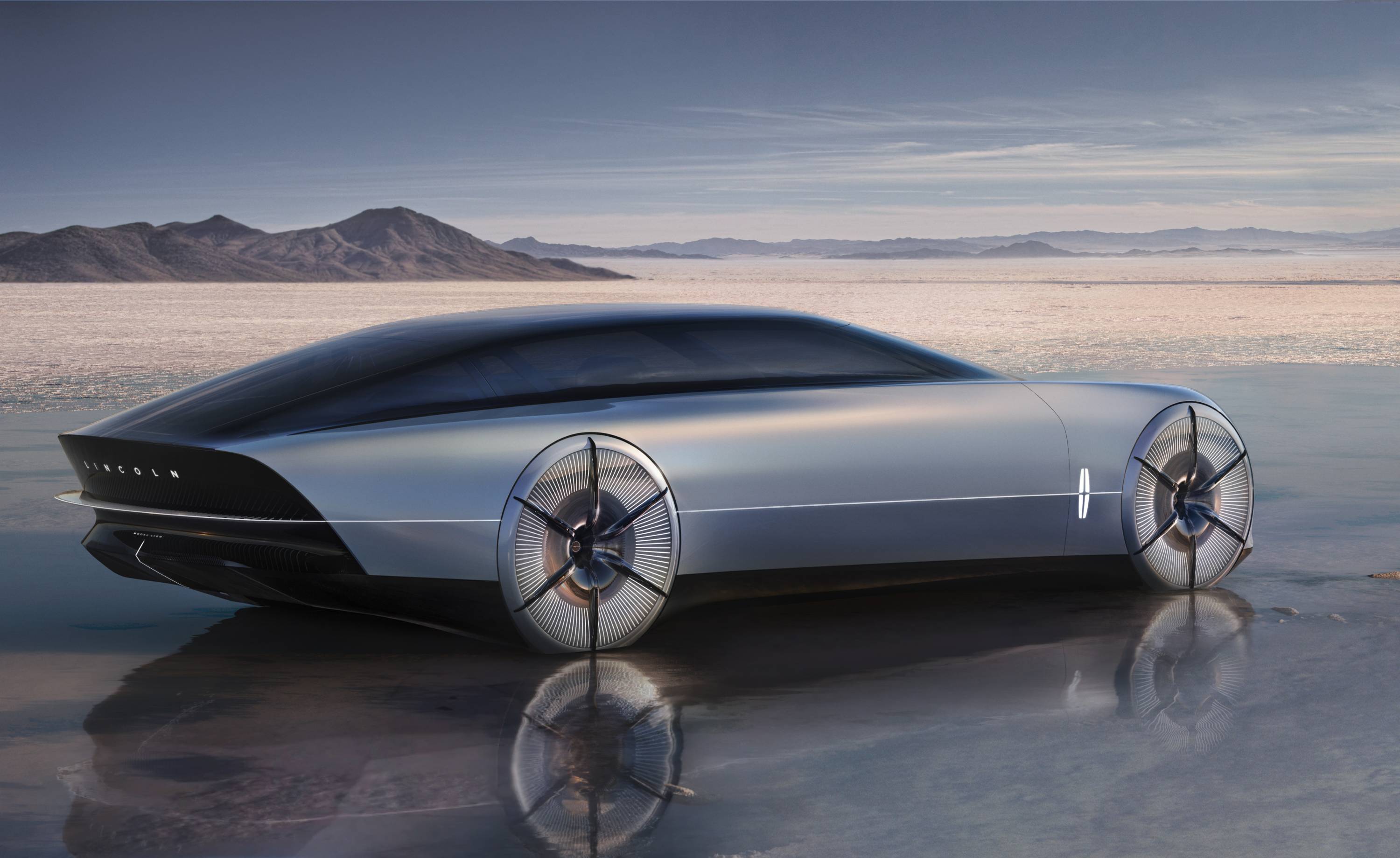 The sun sets on traditional supercars at California’s Monterey Car Week
The sun sets on traditional supercars at California’s Monterey Car WeekMonterey Car Week, the world’s most prestigious car gathering, is showcasing ever-more extravagant special editions, coachbuilt cars and all-new electric concepts. Here are seven key machines from 2022
-
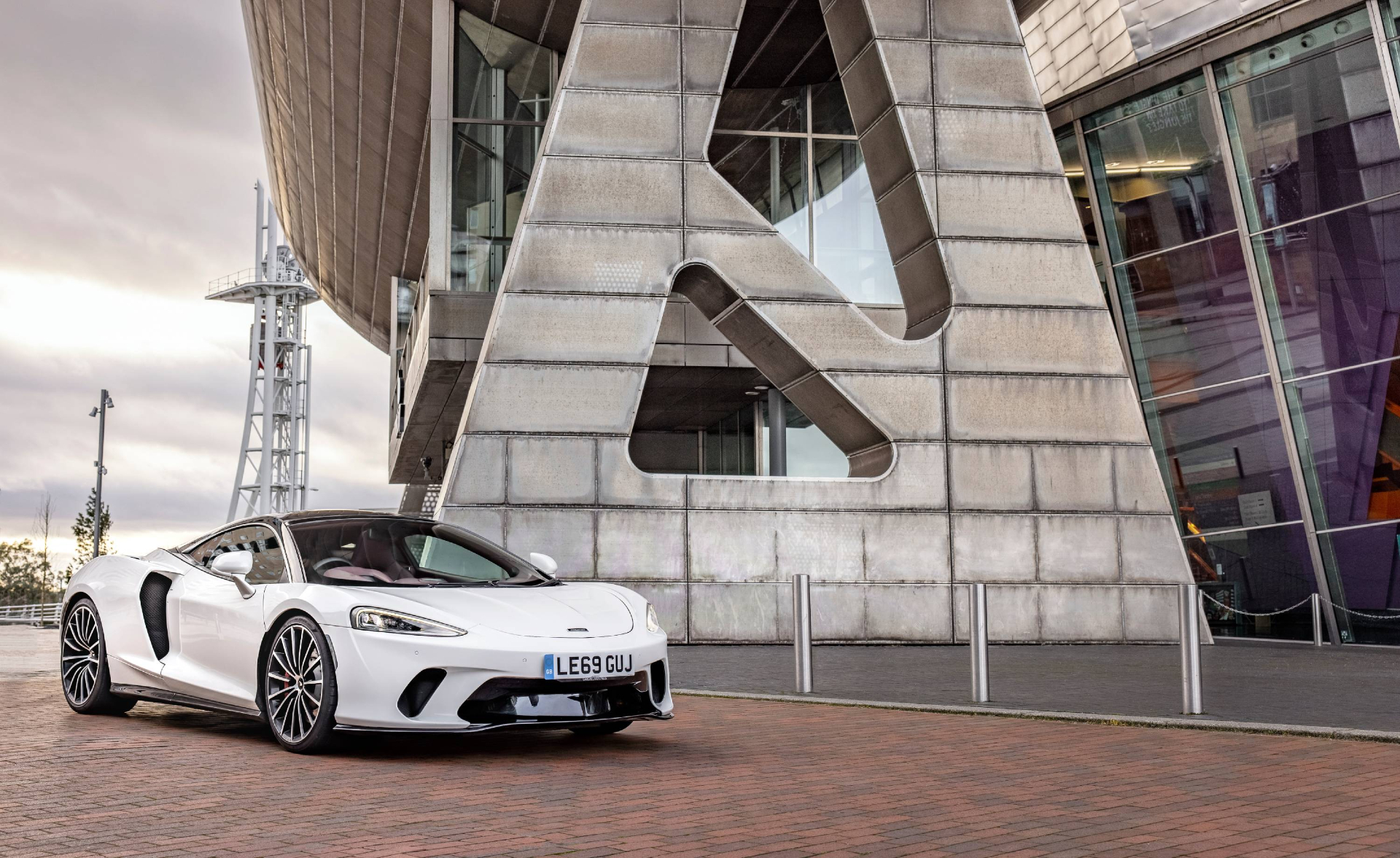 Is McLaren’s GT a sports car, a tourer, or the best of both?
Is McLaren’s GT a sports car, a tourer, or the best of both?The McLaren GT is a capable all-rounder dressed up in svelte supercar clothes. It might also be the last of its type
-
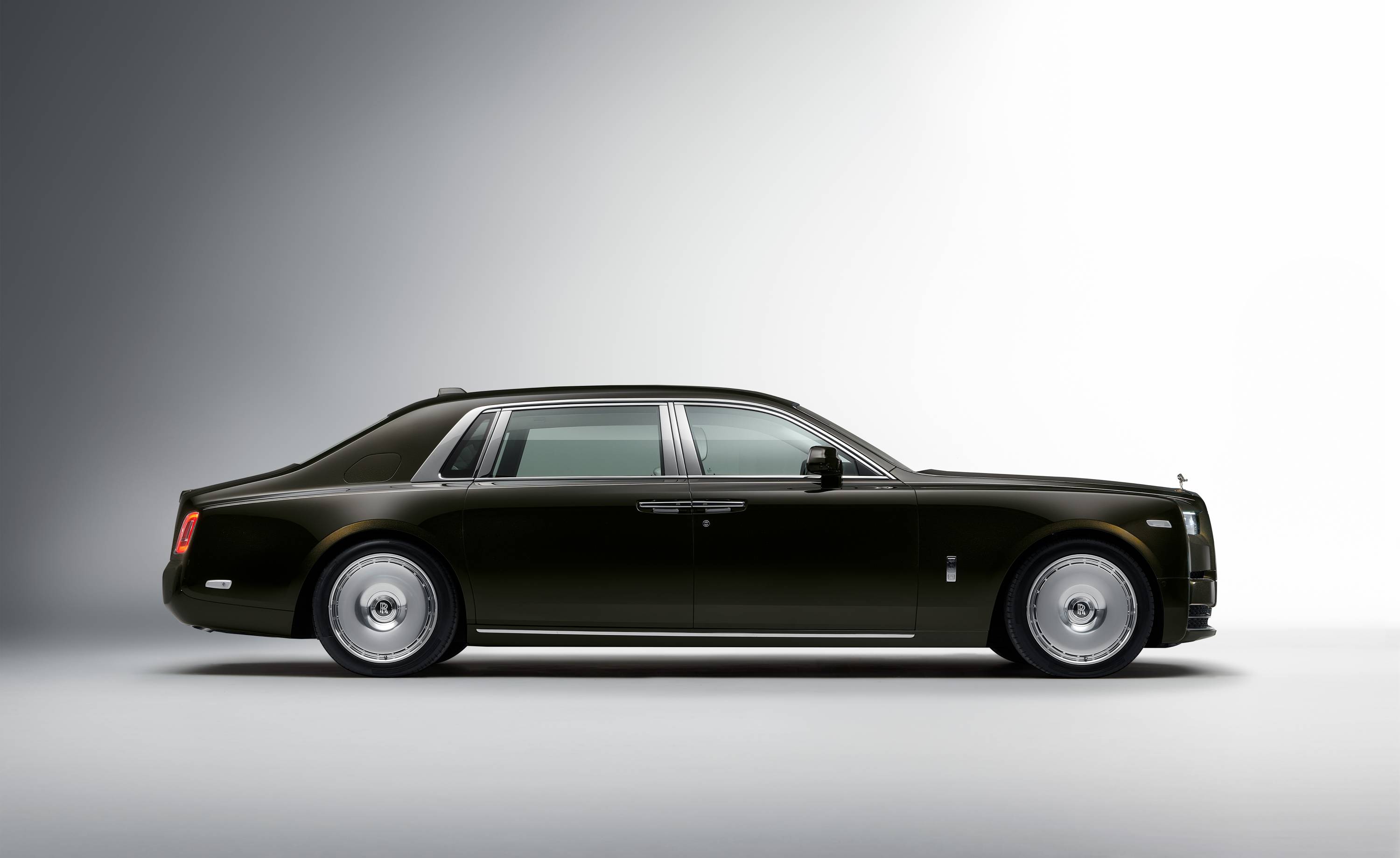 Rolls-Royce puts the Phantom back on its lofty pedestal
Rolls-Royce puts the Phantom back on its lofty pedestalA mid-life refresh ensures the flagship Rolls-Royce Phantom Series II is at the top of its game, a last hurrah for traditional engines before an electrified future
-
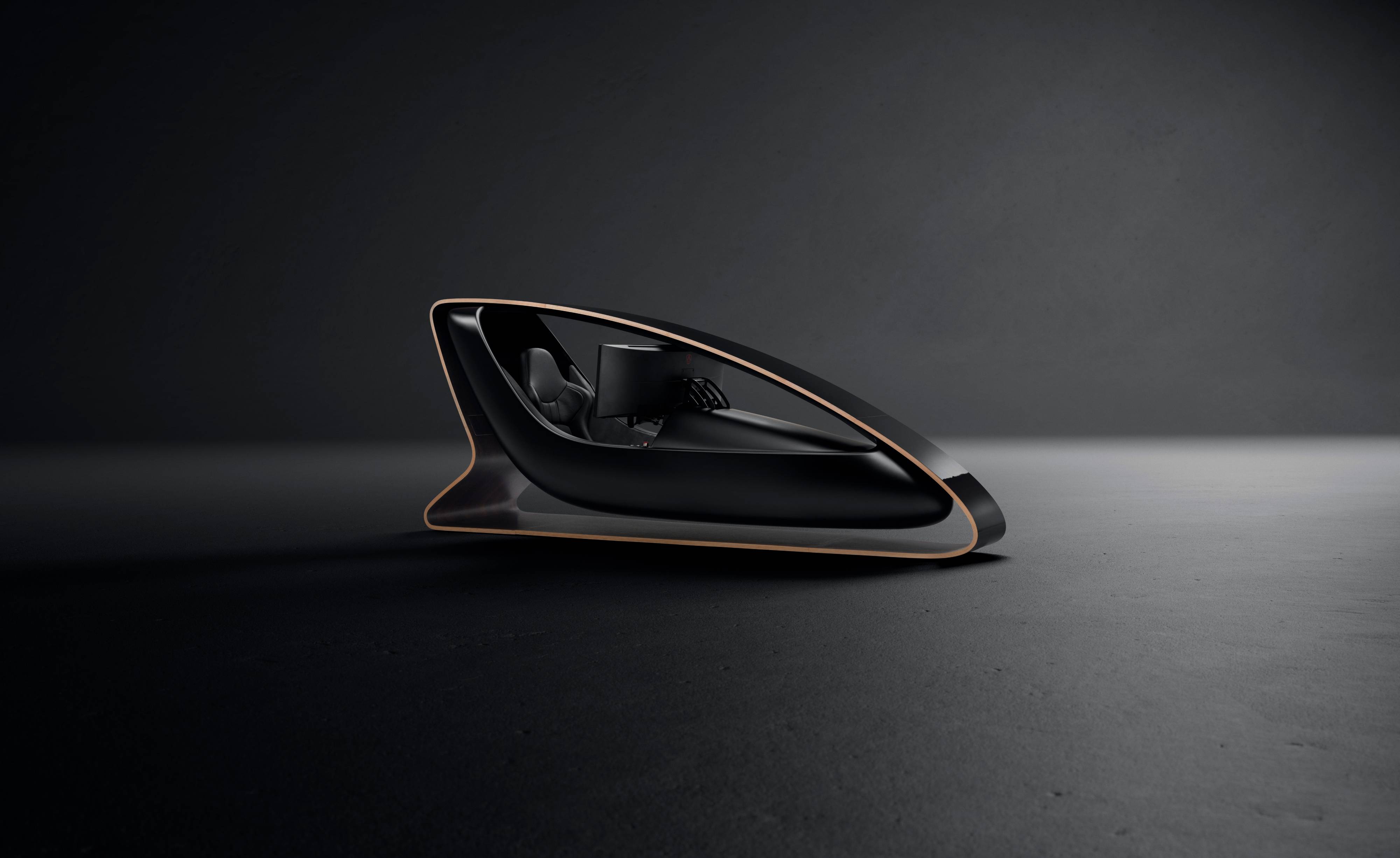 Prodrive’s new racing simulator is shaped by Callum to be front of the grid
Prodrive’s new racing simulator is shaped by Callum to be front of the gridThe racing simulator shapes up – this new design from Prodrive and Callum is honed for the high-end games room
-
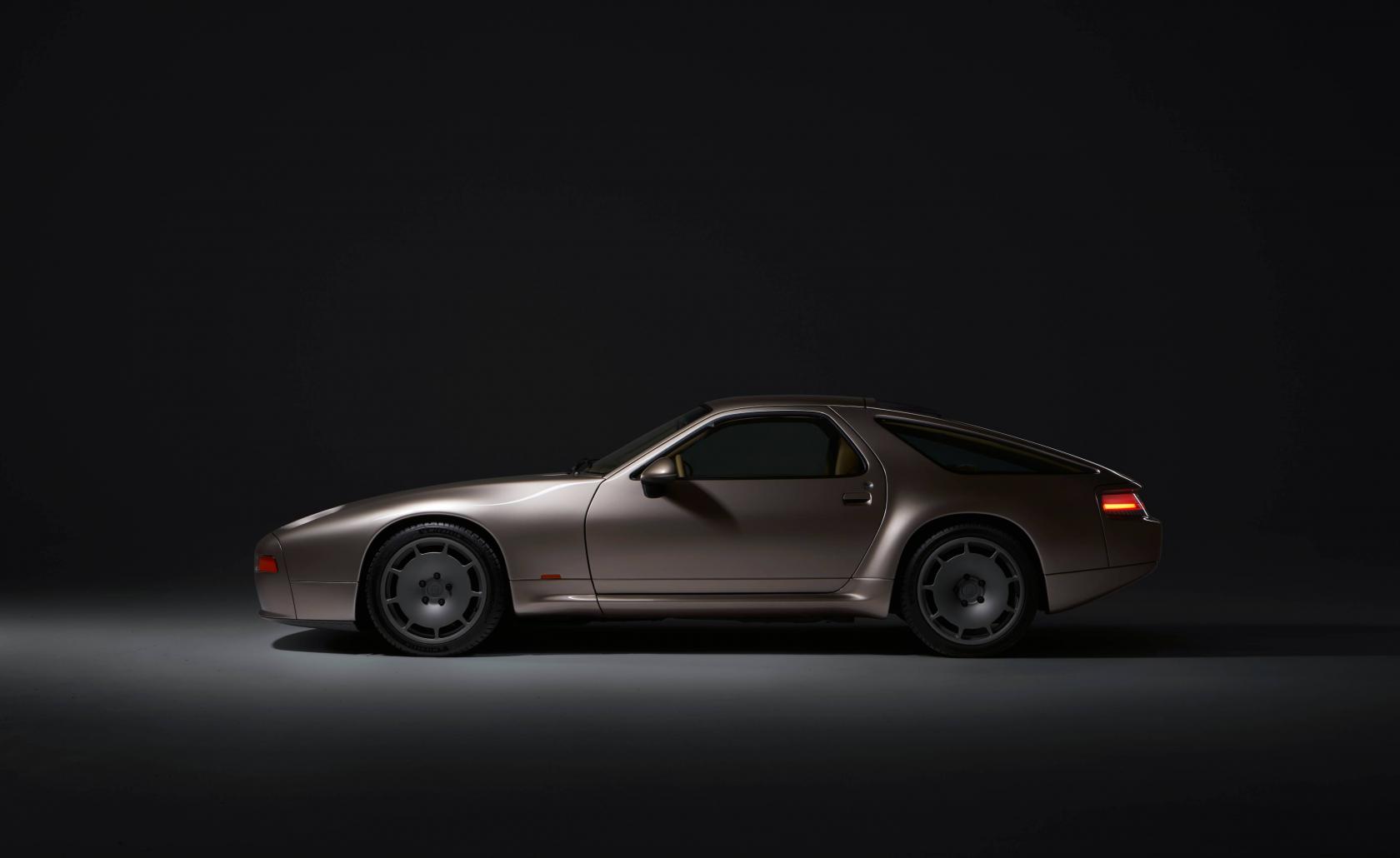 928 by Nardone Automotive: a restomod Porsche with Gallic verve and Italian style
928 by Nardone Automotive: a restomod Porsche with Gallic verve and Italian style928 by Nardone Automotive is a gracefully modernised version of Porsche’s endearingly different 928